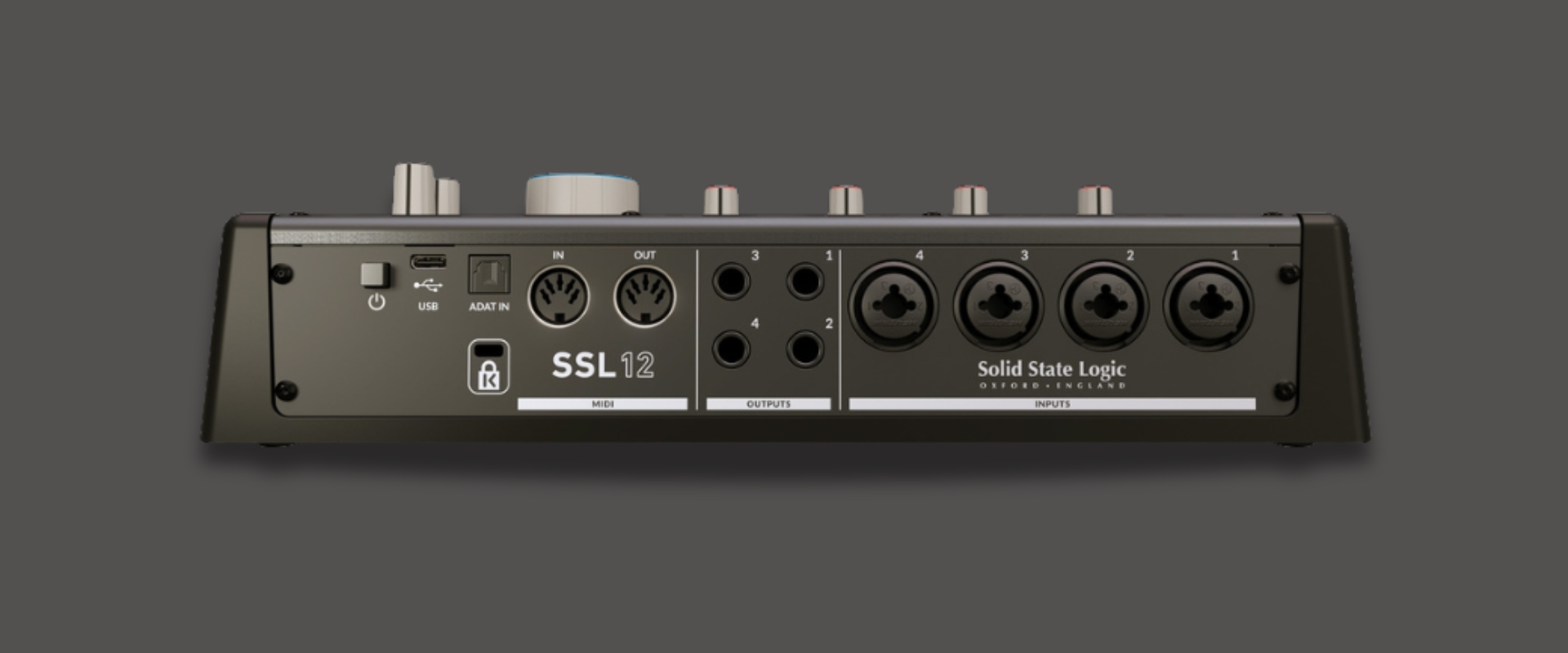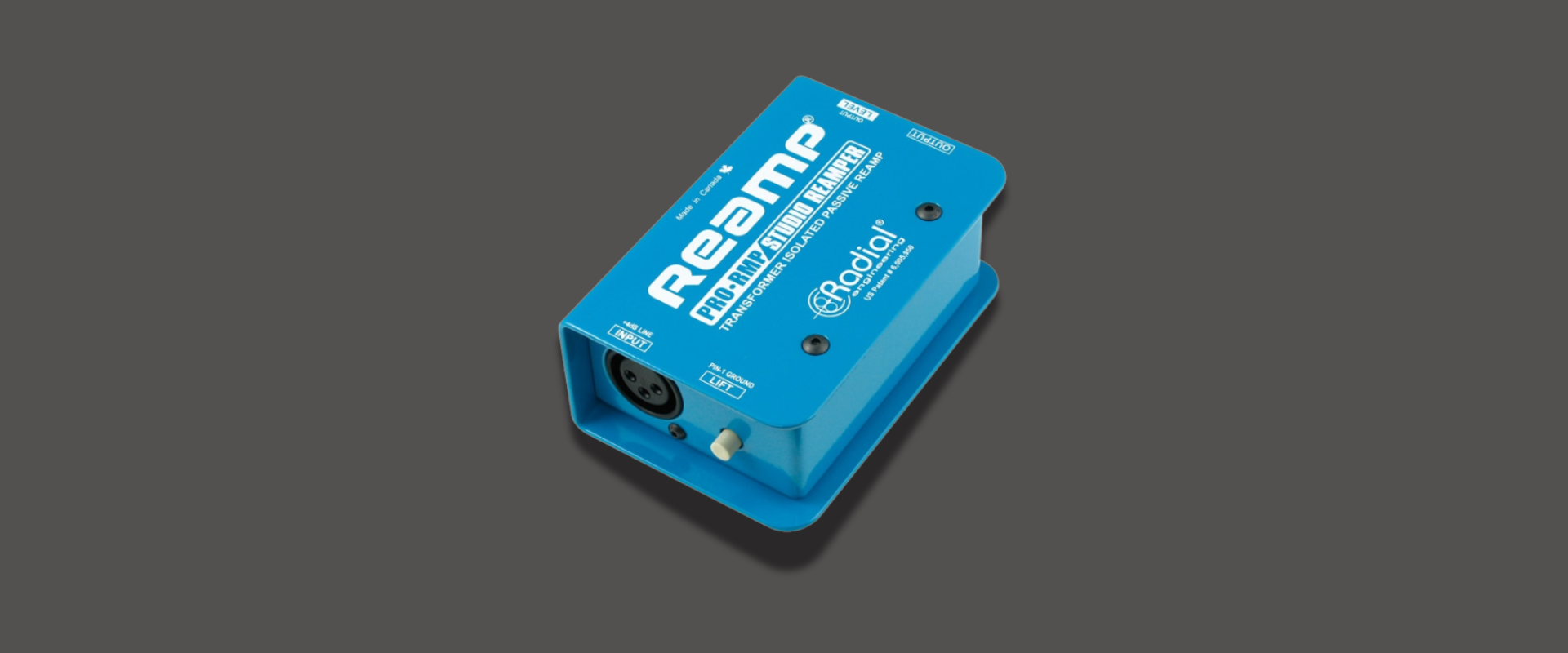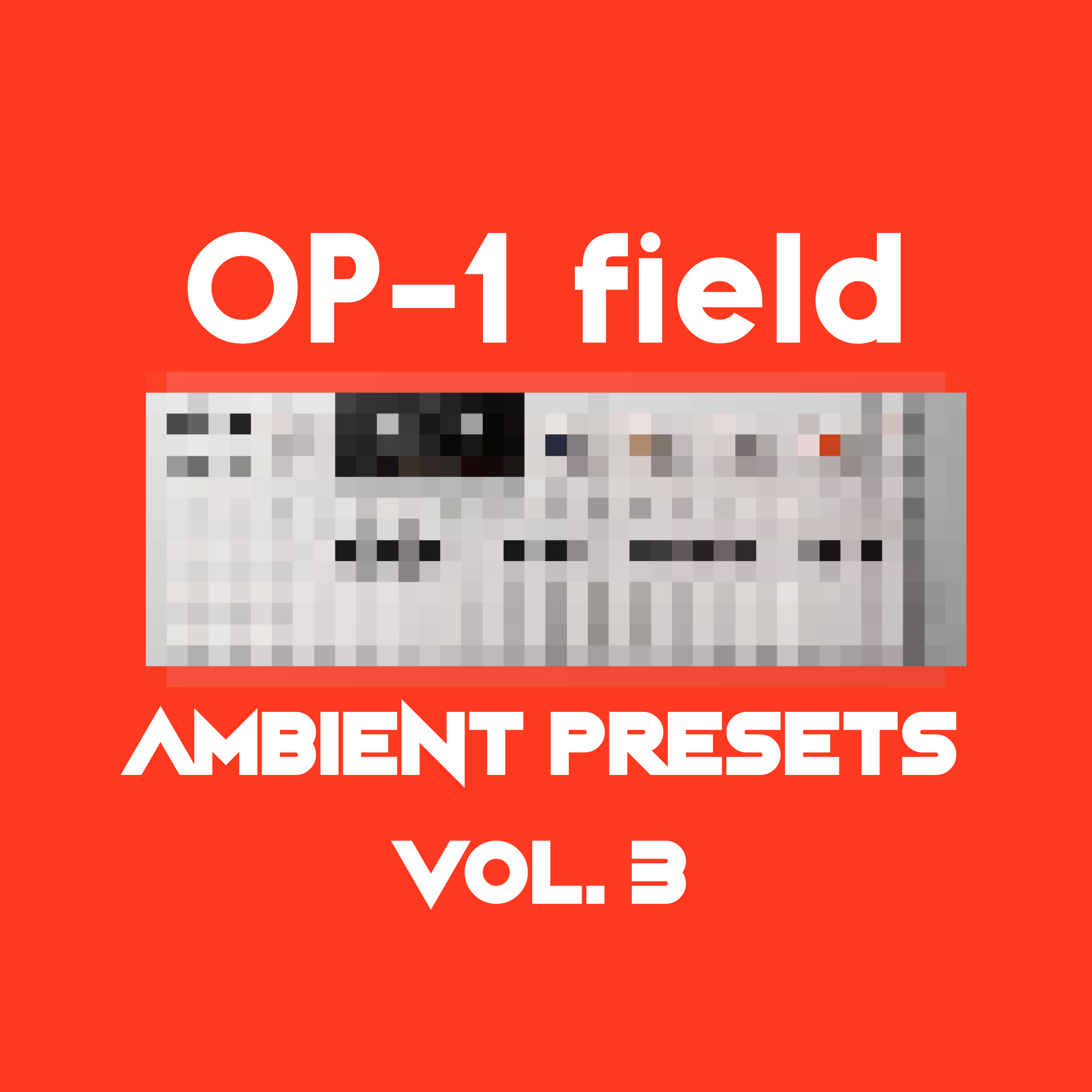How to Use Effect Pedals with a DAW
It’s easier than it looks!
Give Your Plugins Some Pedal Power
If you have guitar pedals lying around in your studio or want to give your plugins some real analog warmth without breaking the bank, integrating effect pedals with your DAW is a fantastic way to expand your possibilities and blend the best of both worlds.
With a simple setup of running an audio source from your DAW into your pedals and routing the processed signal back in, you can inject some unique character into guitars, vocals, and even drum loops. Let's explore how to set everything up and start using your pedalboard as a creative tool in your recording and mixing sessions
What You Need to Get Started
Audio Interface With Line-Level Outputs
You will need an audio interface with line-level outputs to send the audio signal from your DAW to your guitar pedals. Many interfaces include this by default, usually in the form of 1/4-inch TRS or TS outputs. These allow you to route audio from your DAW into any external gear, including guitar pedals.
Reamp Box (Optional but Recommended)
A reamp box is a small device that turns a line-level signal into an instrument-level, high-impedance signal. Since guitar pedals are designed for the latter, using a reamp box on your chain will prevent unwanted distortion or tone loss.
A reamp box is not strictly necessary, and you can experiment connecting your pedals to your DAW without one just fine, but it's highly recommended for better results.
Routing Your Signal From Your DAW to Your Pedal
To route your signal from your DAW to your pedal, start by connecting a ¼-inch cable from a line output on your audio interface to your reamp box. From there, run another ¼-inch cable from the reamp box into the input of your pedal. Finally, connect the output of your pedal back into the instrument or line input on your audio interface.
If you're not using a reamp box, you can go directly from the interface to the pedal, but be sure to keep the output level low to avoid overloading the pedal.
What About Stereo Effect Pedals?
You can use stereo effect pedals with your DAW, but the routing is slightly different: you'll need to run two line-level outputs from your audio interface and plug them directly into your effect unit, or a single TRS cable if your stereo guitar pedal supports that.
Routing Inside Your DAW
After the hardware part is done, you must set up the routing inside your DAW. The exact process may vary depending on what software you're using, but the general process is the same: send audio through a dedicated output, run it through your pedals, and then record the processed signal back in.
Typically, you'll create an audio track for the source (like a guitar, vocal, or synth), then route its output to one of your interface's line outputs. Next, create a second audio track to receive the signal coming back from your pedal chain. This track should be set for "recording" or "monitoring" and set to the input through which your pedal signal is returning.
Some DAWs, like Logic Pro and Pro Tools, allow you to insert hardware effects directly on a channel. This is very helpful as it automates the routing process and helps with latency compensation.
Creative Ways to Use Effect Pedals with a DAW
OBNE Visitor Pedal
Modulation Pedals on Synths or Vocals
Modulation pedals can be extremely handy in this scenario. For example, sending a virtual synth plugin through a physical analog chorus pedal can add warmth to an otherwise digital-sounding synth tone.
Modulation pedals also work exceptionally well to add texture to your vocals. Here's something to try: send an overdub through a chorus, phaser, or flanger unit, remove some of the high and low frequencies, and blend it behind your main vocal.
EarthQuaker Devices Avalanche Run
Reverb/Delay Pedals for Parallel Effects
It's common practice to run reverb and delay plugins in parallel, but you can also do this with your guitar pedals to get a unique-sounding ambience. Some pedals have a pretty distinct sound that can't be replicated in the box.
To do that, you can create a dedicated aux/bus for the signal coming from your pedal and route any audio source there.
ProCo Rat 2
Parallel Distortion on Vocals
This is a pretty nice way to give some grit to your vocals, whether you want something subtle or edgy. Overdrives, distortions, and fuzzes all work well in bringing out good-sounding harmonics from your vocals and helping them cut through the mix.
A great tip here is to blend the effected signal with your main vocals to preserve some of the original tone foundation of the vocalist. You can then EQ to taste, but I recommend removing some of the low-end rumble with a high-pass filter and some of the harshness with a low-pass filter.
Death By Audio Apocalypse
Fuzz/Distortion on Drums
If you have a kick or a snare that isn't cutting through the mix or deserves some analog treatment, running it through a fuzz or distortion pedal and then blending it with the original audio source is a surefire way to get a punchier tone.
Or, you can distort your drum bus as a whole and blend it to taste as well. This is something I do all the time to give a more unique character to my drums. Just watch out for phase issues: since drums are transient-heavy instruments, you might have to adjust the phase, or you risk losing some of their punchiness.
Electro-Harmonix 720 Stereo Looper
Using Looper Pedals in Production
This is a more experimental approach, but with the help of a looper pedal, you can create a powerful sketchpad for layering ideas on the fly, be it by creating rhythmic textures, ambient beds, or melodic loops.
You can also use a looper pedal to manipulate any audio source (drums, vocals, synths) live, with overdubs, reserve modes, or other pedals. This is a great way to add a more organic feel and hands-on approach to your music-making process.
Final Tips for Best Results
Gain Staging
Gain staging is key to a great result. The level of the audio signal going into your guitar pedals can make or break your tone, so be aware of that. A good rule of thumb is to adjust your signal going into the guitar pedals between -8dB and -16dB, but make sure to experiment to get different effects.
Use Reamp Boxes to Match Impedance
Like we mentioned before, using a reamp box is the only surefire way to avoid noise and tone loss in the process of using your guitar pedals with your DAW. It's not strictly necessary, but it's extremely helpful.
Watch Out for Phase Issues With Parallel Routing
Depending on the instrument and what effects you use, you might face phase issues when you parallel route or blend your source with the effected signal. This tends to happen more frequently with drums and percussion instruments.
Fixing it is usually as simple as flipping the phase of one of the signals with a utility plugin on your DAW, and it's even easier if your software offers latency compensation, but you might need to align the waveforms manually when working with guitar pedals.
Conclusion
Using effects pedals with your DAW can open up lots of possibilities, and since most pedals are cheaper than rack units, you can integrate them into your workflow without spending too much.
This system is also good if you feel the desire to turn some knobs and have a more natural feel to your music-making process, since we spend so much time doing these things with a mouse. All in all, try different approaches and experiment with different pedals to discover what's best for your workflow.
Written by Ian Sniesko from DeathCloud, curating the finest guitar pedals for tone chasers and gear heads alike.




























